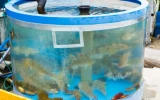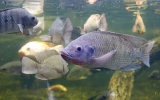The 13 Best Fish to Farm for Profit (Highest Margins)
While there are many fish species suitable for fish farming, not all of them offer the same profit margins. The best fish to farm for profit are those that have a high demand in the market, grow quickly, and are easy to care for. In this article, we'll explore 13 of the most profitable fish species and provide insights into their growth rates, market demand, and profitability.
The best fish to farm for profit are cod, prawn, catfish, tilapia, eel, goldfish, tuna, salmon, carp, perch, trout, barramundi, and koi. The profitability of these fish depends on their growth rate, resistance to pests and diseases, tolerance to a wide range of environmental changes, and market value.
These species are the most profitable because they require minimal input but produce maximum output. Let's learn more about the characteristics of these fish and how much you can make from them.
Jump to detailed profit calculation.
Summary
- The most profitable fish are those that require minimal inputs but produce maximum yields.
- Some of the most profitable fish for a fish farm are cod, prawn, catfish, tilapia, eel, goldfish, tuna, salmon, carp, perch, trout, barramundi, and koi.
- Some characteristics of a profitable fish are high tolerance to changing environments, resistance to diseases, fast growth rate, high fecundity, and high market value.
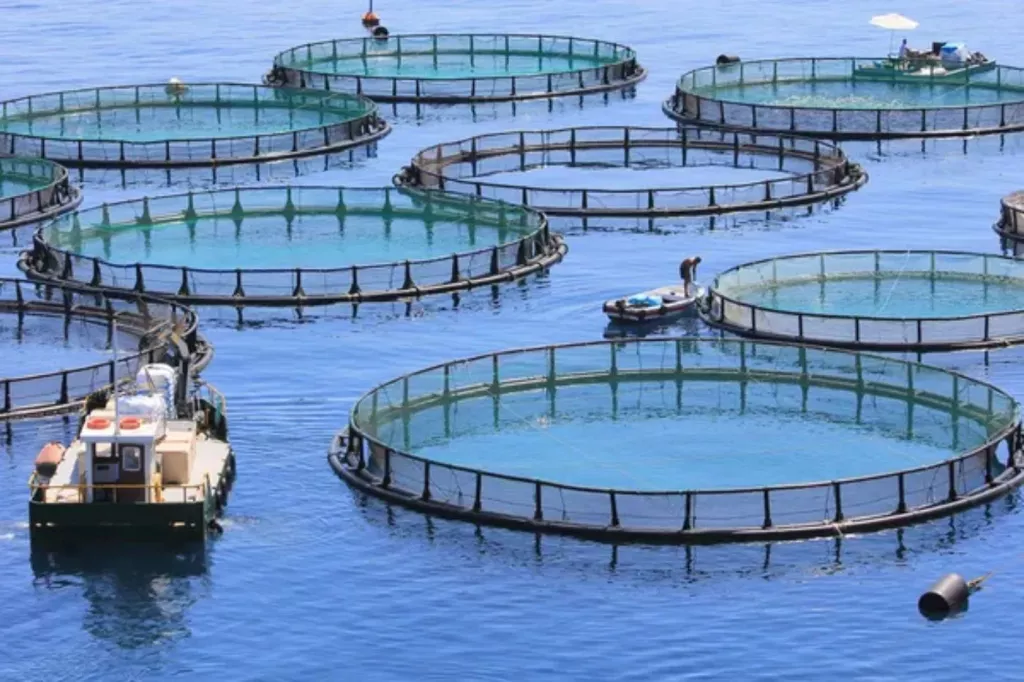
On this page:
The Most Profitable Fish to Raise in Fish Farms
The startup costs for a small-scale fish farm range from around $80,000 to $200,000. However, during the first year of your fish farming journey, you are less likely to recover these costs.

You can take little steps to maximize your profits in fish farming, and the first step is knowing which fish species are most profitable. Below are some of the most profitable fish you can consider raising in your fish farms as well as their profit margins:
Fish species profit calculation
| Most Profitable Fish to Farm | Market Price | Cost of Production | Profit per Fish Specie |
|---|---|---|---|
| Cod fish | $10/lb. | $1.99/lb. | $8.01/lb |
| Catfish | $2.19/lb. | $1.32/lb. | $0.87/lb |
| Eel fish | $10.22 - $10.90/kg. | $6.13 - $8.18/kg. | $2.72 - $4.09/kg |
| Carps | $3.24/kg. | $1.84/kg. | $1.4/kg |
| Goldfish | $1.81 per fish | $0.80 per fish | $1.01 per fish |
| Prawns | $8.00 - $9.60/kg. | $4.16/kg | $3.84 - $5.44/kg |
| Tuna | $20 - $40/lb. | $6.75/lb. | $13.25 - $33.25/lb |
| Salmon (Norwegian) | $11.08-$12.52/kg. | $5.20/kg | $5.88-$7.32/kg |
| Barramundi | $5.14 - $5.51/kg | $3.67/kg | $1.47 - $1.84/kg |
| Perch | $2.62/lb. | $2.00/lb. | $0.62/lb |
| Tilapia | $1.96 -$2.20/kg | $0.82 - $0.86/kg | $1.14 - $1.34/kg |
| Trout | $3.79/kg | $2.86/kg | $0.93/kg |
| Koi fish | $10,000 - $200,000 per fish | $1,180 - $41,250 per fish | $8,820 – 158,750 per fish |
1. Cod fish have high market demand, which makes them a profitable fish to farm
The low global supply of cod in previous years has increased the price and fame of this fish. They usually grow up to 50 inches and gain at least 50 pounds each, depending on the species.
Cods are edible types of fish and usually have a mild flavor. They are known to be a good source of omega-3 fatty acids, making them even more valuable. A pound of cod can cost around $10.
2. Catfish are quick growers, which can provide fast income for your fish farm
Catfish are known to be good food for flesh converters. They are fast-growing—able to reach a pound within 8–10 months but can be harvested at 80–200 grams within 3–5 months.
For this reason, catfish are very profitable fish species to farm in aquaculture. These fish are also profitable because of their ability to coexist unproblematically with other fish species. They also contain plenty of health benefits and are very tasty.
Eighty-four percent of catfish farms in the U.S. are reported to have an annual sale of less than $500,000.
3. Eels are growing in popularity and becoming more profitable each year
Eels are elongated, predatory fish that belong to the ray-finned fish family. Farming eels can be started even with low capital because they don’t require fancy setups and feeds to begin with.
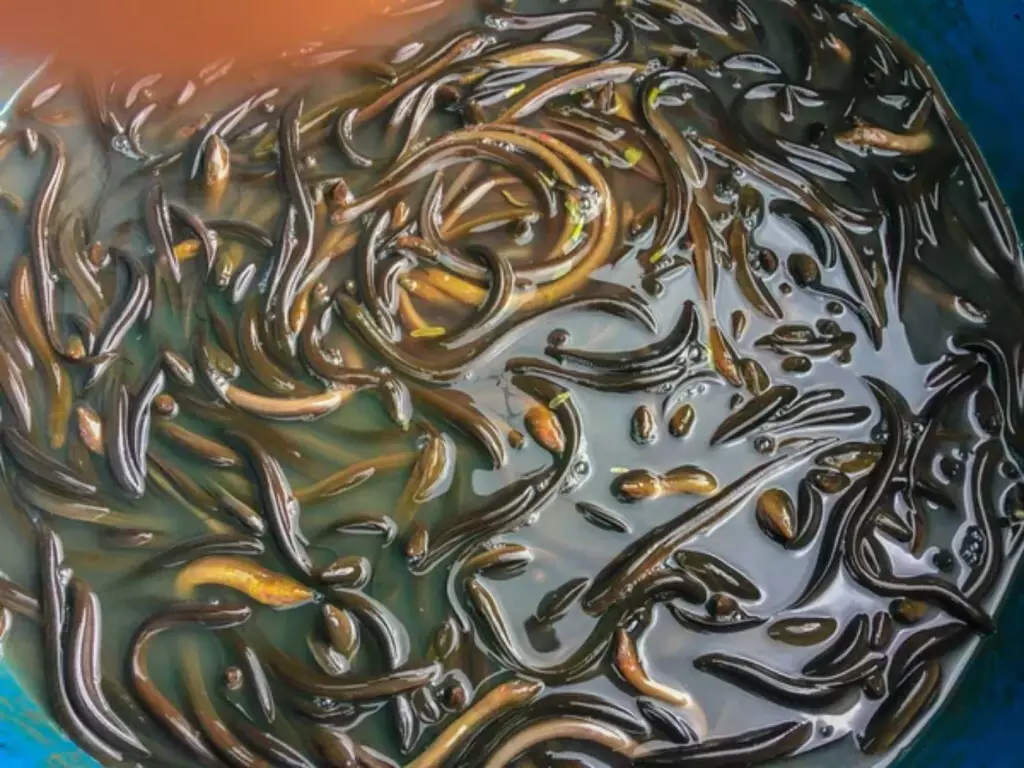
Eel farms account for 60 percent of the eel meat produced worldwide. This industry has an estimated worth of over $1 billion, proving that growing these fish and selling their meat can be a profitable business.
4. Carps are fast-growing fish that can garner additional profits for your fish farm
What makes carp a profitable fish in fish farms is that they can grow to a marketable size in just 4–6 months. These fish are also highly adaptive and tolerant of a wide range of water conditions.
These fish are highly profitable because, aside from being fast growers, they are easy to manage and handle. They can also be poly-cultured with other carp species, therefore maximizing fish production in a limited space even better.
5. Goldfish are ornamental fish that are always in demand
Edible fish species aren’t the only ones that have a high market value. Fish that are kept for aesthetic purposes, mainly ornamental fish such as goldfish, can also be profitable species for a fish farm.
The main sources of profit when it comes to goldfish are breeding and selling them. You can sell them at a good price if they are strong and big enough. Over time, you can become a well-known and trusted goldfish breeder since not many opt for this kind of fish farm species.
6. Prawns are a lucrative addition to your fish farm
Prawns are not fish but can be cultivated in many different fish farm setups, such as ponds, irrigation schemes, concrete, or reservoirs. They are mostly raised in locations with tropical and subtropical climates, but they are sold in many parts of the world.
Prawns are profitable because they easily reach a marketable size of 150–180 mm in a span of 6 months. They grow best in habitats where the soil is a mixture of clay and silt or clay and sandy loam, which are commonly found in ponds.
7. Growing different species of tilapia delivers rewarding profits
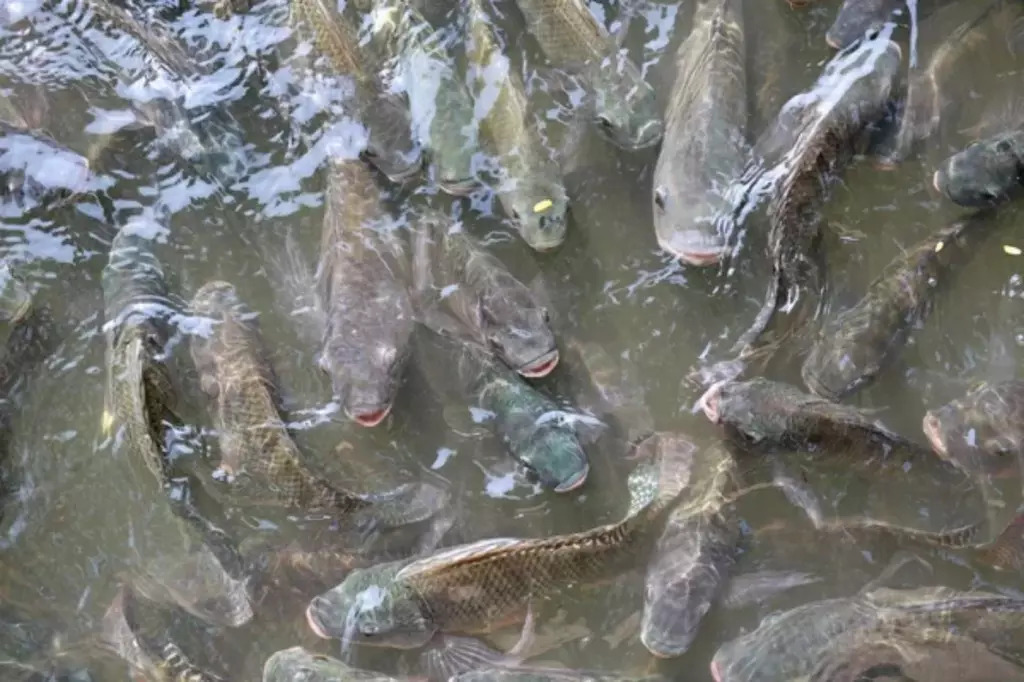
Tilapia is considered the most profitable fish to raise in fish farms, not because they have the highest value, but because they require minimal input and produce plenty of output.
These fish are tolerant of even the worst water conditions and are quick to reproduce. They also consume any type of food, which makes them easy to care for.
The fastest-growing tilapia species are Nile tilapia, Mozambique tilapia, and blue tilapia. Although during the first year you have a low chance of getting back your initial investments in tilapia farming, most tilapia farms achieve breakeven in their 2nd or 3rd year of cultivation.
8. Tuna has great market potential, which makes it profitable
Tuna, although it takes 2–3 long years to mature, is considered the most profitable type of fish best reared in fish farms. Their meat is nutritious and can be a good alternative to red meat.
These fish are highly valued, especially in Japan, where they are consumed the most. These fish are easy to take care of but require more space to live optimally.
One species of tuna, bluefin tuna, is branded as the most expensive fish in the world. A pound of the finest bluefin tuna can sell for around $200 in Japan.
But it can go greater than this because, in 2019, a 612-pound bluefin tuna was sold for almost $3 million - priced at $5,000 per each pound
9. Salmon stands out for its high profitability
Salmon farming stands out among many industries because of its high profitability. These fish are very popular because of their high global demand. The production cycle of salmon rearing takes about 3 years to complete.

10. Perch is another favorite fish farm species that makes a good profit return
Perch fish are another favorite candidate in fish farms because they are not picky eaters, so they can be fed pellets. They are also tolerant of different water conditions and do not exhibit cannibalism, even when grown together with other fish. These fish also have a great taste, whether cultured in ponds or tanks.
11. Trout are low-maintenance fish, which is profitable for fish farms
Trout are hardy fish species that can tolerate a wide range of environmental changes. They are very easy to spawn and grow quickly, in around 9–20 months. They have a flavorful taste, and since they can grow to market size relatively quickly, they provide a quick, profitable return for your hard work.
12. Cultivating barramundi can be a very profitable business
The barramundi fish makes a very profitable choice in commercial cultivation of fish such as fish farms and aquaponics because of their rapid growth rate, high endurance for a wide environmental change, and their high market value.
What makes them even more profitable aside from their fast growth rate within 6-12 months, the barramundi female fish has a high fecundity.
13. Koi fish that are nicely shaped and brightly colored have a higher market value

Koi fish are not fast-growing fish, but they make any fish farm profitable even when they grow between 1 – 3 years because they are high-valued fish. These fish are not edible even though they belong to the carp family.
They have a high market price, selling around $10,000 to $200,000 depending on size, shape, and color. They are farmed as ornamental fish and not for consumption. The bigger, brightly colored, and well—shaped the koi fish are, the higher their price will be.


